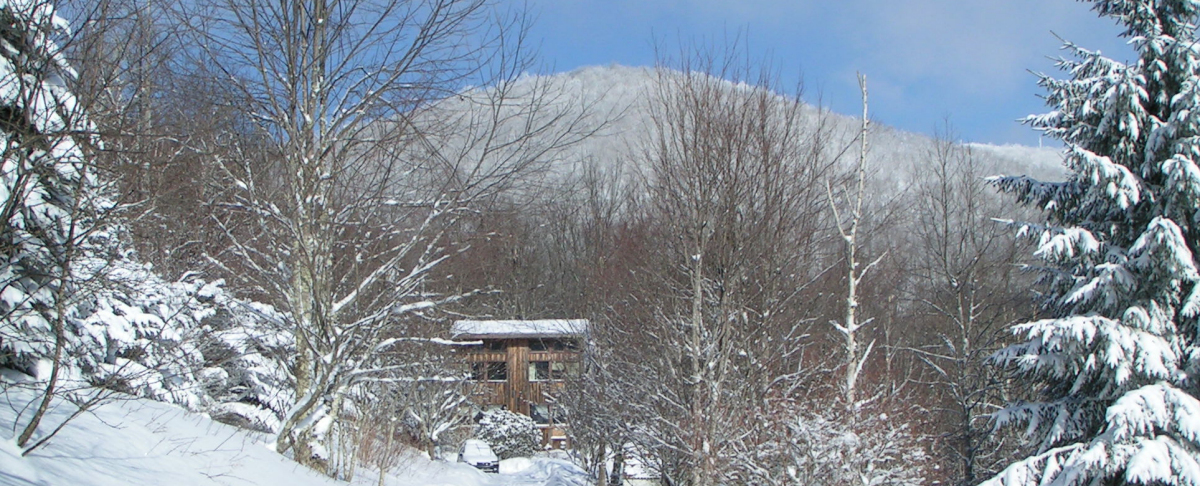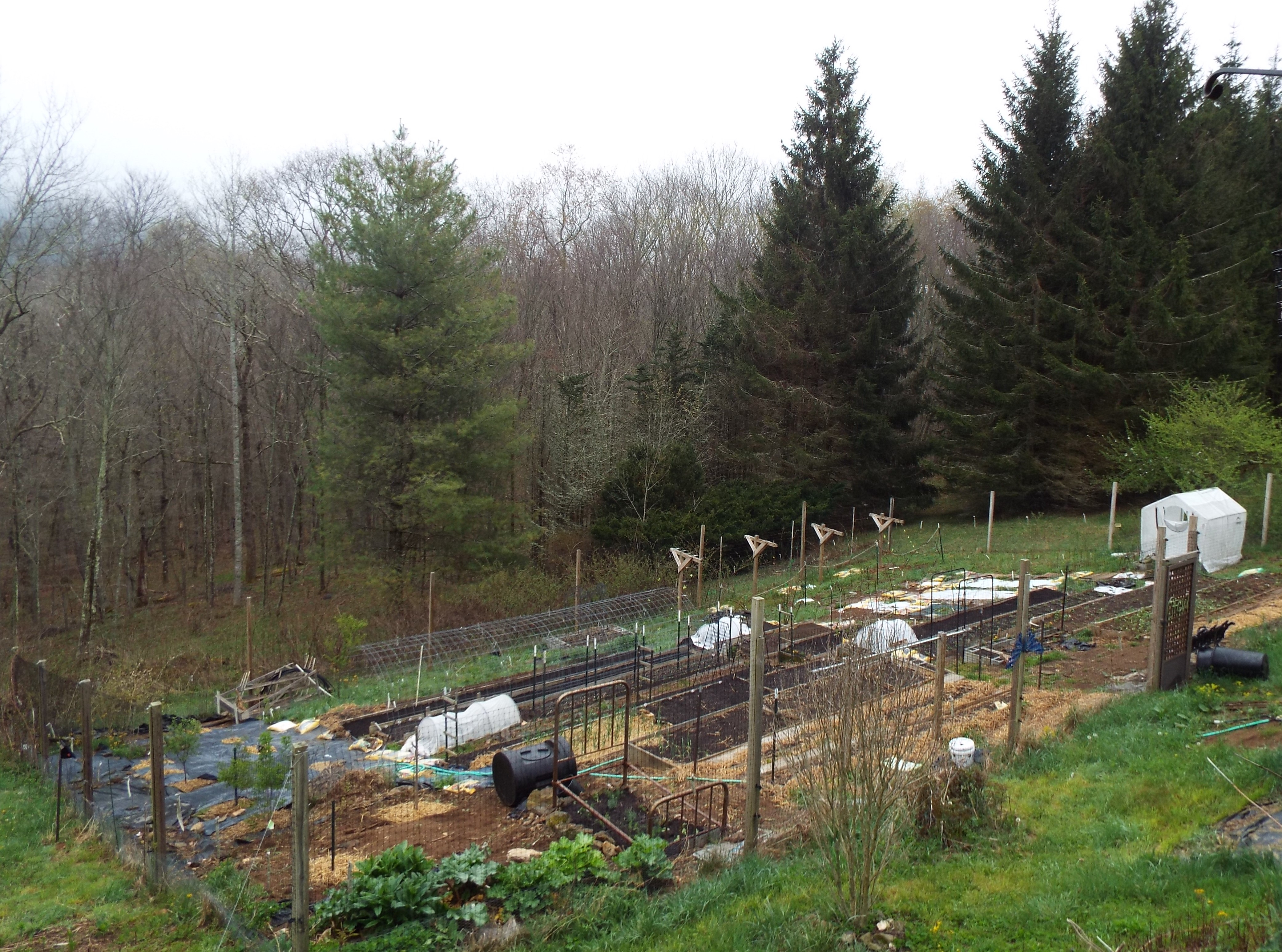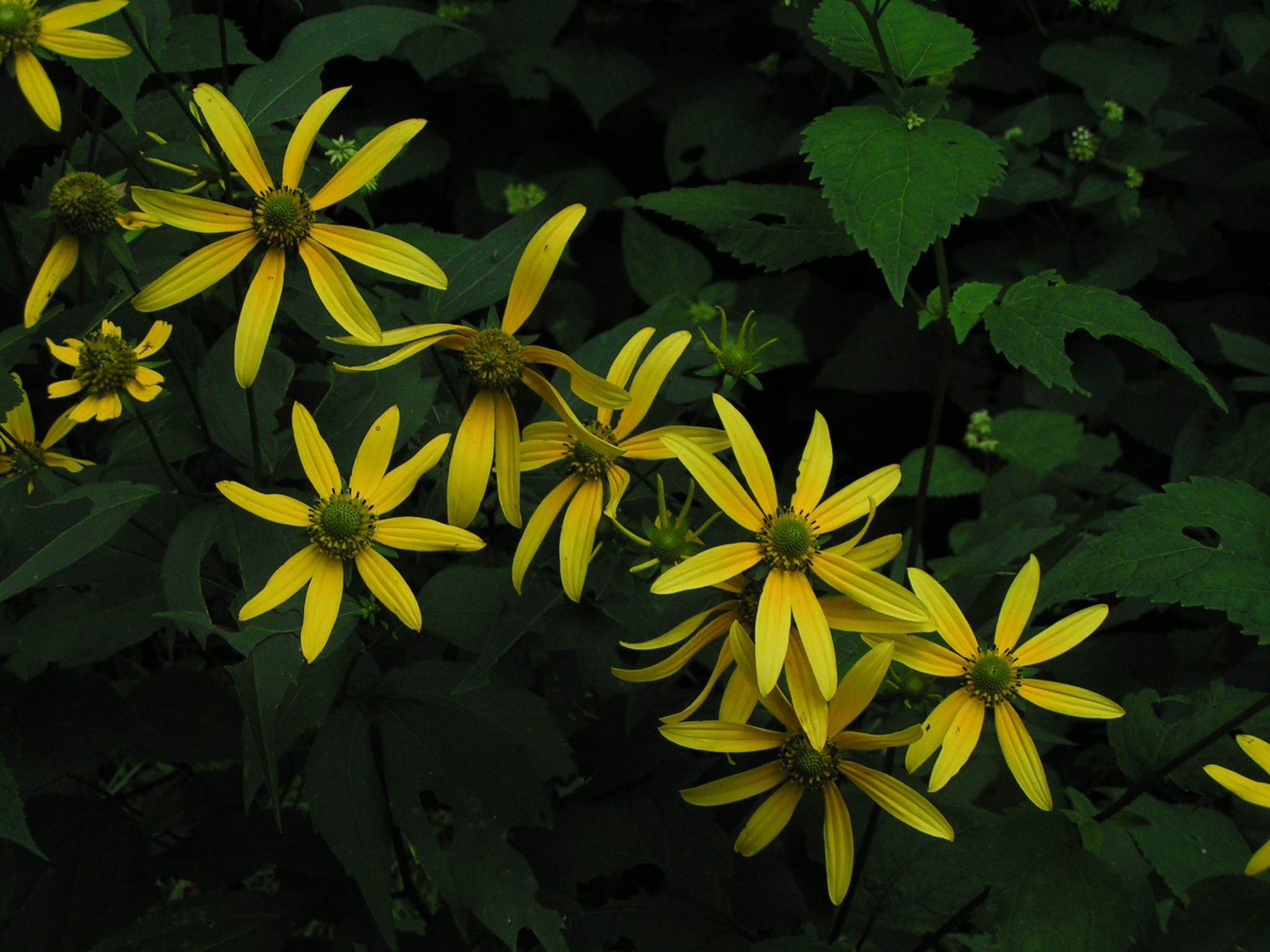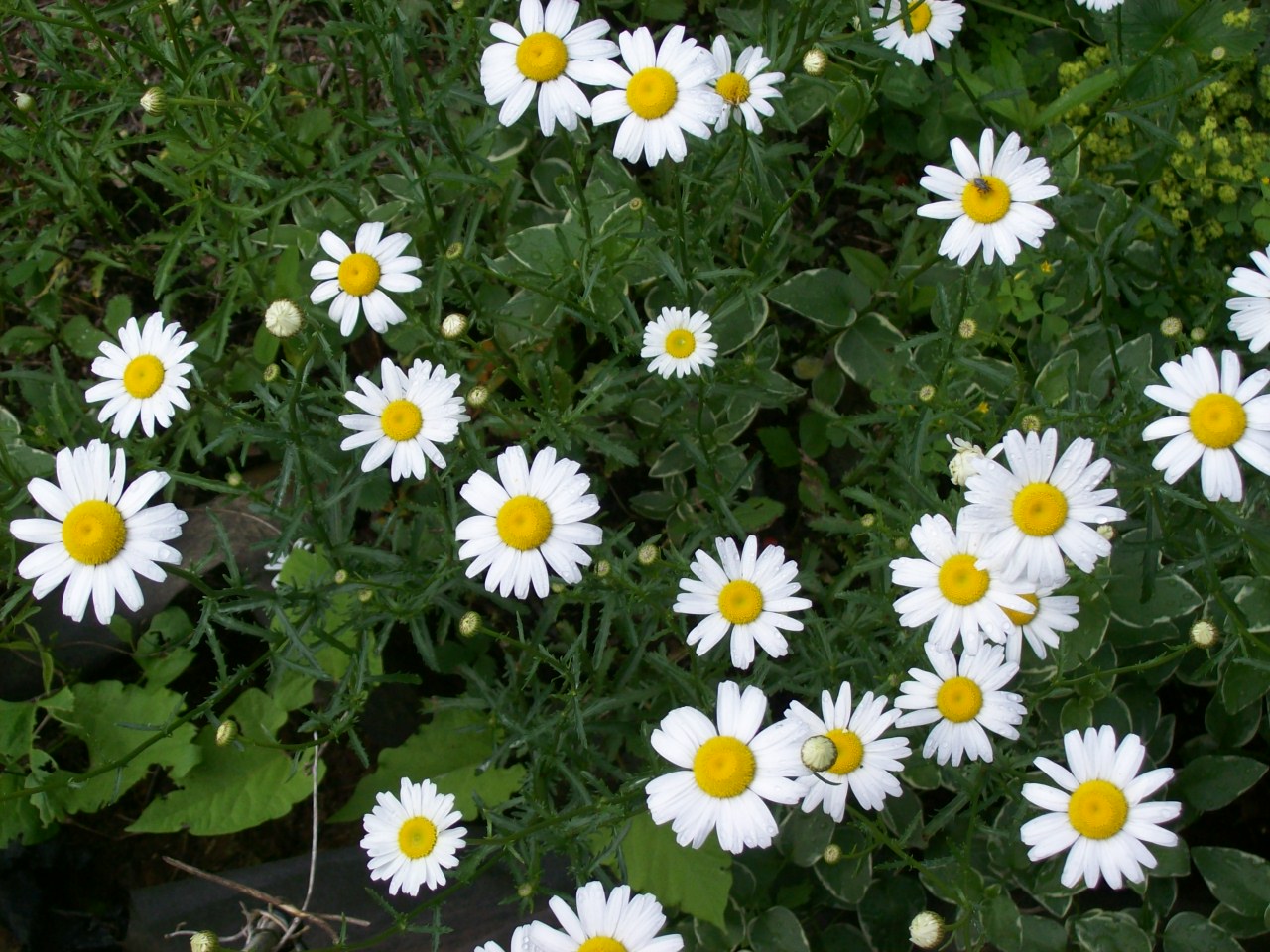Recently I wrote about transformations in my physical appearance over the years. But there have been many developments and changes other than those of a physical nature, and those are the ones that are of the greatest significance. This seems a good time to write about some of those other changes that have occurred.
One of my primary intentions in writing on this blog has been to be a bit more open about who I am and how my life has unfolded. In part I’ve wanted to do this for myself, to put many of the events, experiences, and actions of my life into a written framework so that I might look at the whole. I also have wanted to put some of my personal history and my thoughts and reflections about that history into a form that would be available to my family and anyone else who might be interested. No doubt much of what I include here will be of interest only to those people closest to me, so I won’t be distressed by anyone who chooses not to read what I write.
Some of the things I write may sound like the process of my development has been a real struggle for me, but that was not actually the case. It was more of an evolution, a process of gradual and perhaps inevitable growth, moving from one idea or action that made sense to me and seemed appropriate for the moment to the next and then the next. I’m happy with the paths I have followed and with the place to which they have led me. One of the joys and wonders of it all is that Carole (my wife and partner of more than fifty two years) and I have managed to follow along similar paths and grow together over the years; it would have been so easy for it not to have worked out that way for us.
We all change over the course of our lives. But I imagine that some people from my past, as they learn more about me from my writing, will find error in the decisions I have made and the paths I have chosen to follow. They might wonder what happened to me along the way that I changed so much from the younger me they knew or thought they knew. Why didn’t I become the person they expected me to be? Why don’t I still share the beliefs we all seemed to have back then? What a waste, a few might think; we thought he would really do great things and amount to something. But it’s OK for them to wonder. What happened is that I became the me I am now; that’s all I ever wanted.
Many of the people reading this probably knew me during our school years back in North Charleston. Some high school friends have told me they thought I would pursue a career as a scientist or college professor. Since I did well in athletics, there were also expectations that I would be active in sports in college. But I had other interests. While I had enjoyed my participation in sports since my early days in playground programs, sports were not the passion for me that they were for so many others and I had no intention to devoting my time and energy in college to athletics. I wasn’t sure what I wanted to study in college, but my eagerness to get on with my higher education was overwhelming. When I discovered that some universities would accept students prior to their completion of high school, I applied and was accepted at the end of my junior year. I knew that many family members, friends, and others in the community were dubious about my decision, but I felt sure it was the best path for me.
The world of ideas had always fascinated me. High school English classes had exposed me to writers and thinkers such as Emerson, Thoreau, Channing, and others whose thoughts interested me. Likewise, other classes in school and at church showed me the beliefs of other religions and cultures. I wanted to know more. I wanted to understand those other ideas and beliefs, compare them to my own, and use them to enable me to better understand the world and find meaning for myself within it. I majored in philosophy in college and after graduation I enrolled in the Master of Religious Education program at Southern Baptist Theological Seminary in Louisville, Kentucky. My intention was to become a campus minister or perhaps director of a retreat center. But more changes were taking place.
As my studies over the years exposed me to new and different information and ideas, I continued to develop my understanding of the world and to clarify the meaningfulness I sought for myself within it. My experiences in the seminary and in various churches led me to realize that I would not be compatible with the strictures that would be imposed on me in a ministerial setting. I eventually decided I was no longer interested in continuing my involvement with the churches and belief system of my youth or with any other religious institutions. I withdrew from seminary after two and a half years, shortly before completing my degree requirements.
Carole and I had married during the summer after our college graduation. After I withdrew from the seminary, we thought we might move to the familiar territory of North Charleston, since I had an informal offer of a position there. When that possibility collapsed (more about that in a later post), we needed to find a new place to live, secure an additional source of income, and prepare for the birth of our first child in about six months. So we decided to do what we have done throughout our lives together: we pulled together to find the solutions that would offer the greatest satisfaction and meaningfulness for our new family.
I soon found a position nearby as a Social Science Analyst at a very large US Census Bureau facility working on the 1969 Census of Agriculture, evaluating returns, writing thousands of letters, and making phone calls to get more complete data. It was interesting and I learned a lot about agriculture in the process, but it wasn’t something I wanted to continue long term, so instead of accepting a permanent career-path job that was offered, I left after about two and a half years. Carole was teaching by that time, so I took care of our daughter during the school day, worked at craft projects (weaving), worked with another teacher on his part-time painting and construction jobs, and also did other odd jobs on my own.
My next change came a couple of years later—a state position as a social worker in the tuberculosis clinic at the local health department in Louisville. There were five of us with caseloads of patients with active tuberculosis and others newly infected or at risk of infection. The work during that time was both satisfying and challenging, since many of the people we were working with had multiple problems impacting their treatment. Most were very poor with all the difficulties that brings and a large percentage were serious alcoholics to compound the situation. That job led me into many places and situations that most people can’t begin to imagine. I liked my work and my co-workers during the four years I was there and probably would have continued for a long time if we had stayed in Louisville, but that was not to be.
Carole and I were eager to make some major changes in our lives and the time seemed right. Our second child was at the age for starting school in the next school year. I had been longing to build our own house and had been gathering ideas and sketching possible plans for years. We wanted to be somewhat closer to our families who all lived in South Carolina. And most importantly we wanted to live in a place in the country and in the mountains. So we came on an exploratory trip to Boone (I had attended a six-week summer science program at Appalachian State University after ninth grade), found and bought our land here, and moved in July of 1979. Full-time work on building our house occupied us for the next eight months; then we had to get jobs.
We looked for work in Boone, but quickly discovered there were no jobs available in our small town that fit with our education and previous work experience. Our limited funds were beginning to run out, so we found whatever jobs we could. For the next two years I worked as an upholsterer in a small furniture factory in Boone. I had no previous experience of factory work, so that job gave me the opportunity to learn about a different worklife than the one I knew. My co-workers were great and the work was interesting and enjoyable. I did whatever task was needed on any given day—cutting fabric, stuffing cushions, upholstering sofas and chairs, and boxing products for shipping. Most tasks were production work which paid based on how much I got done in a day. At the end of each day I could see the finished products that resulted from my labor, always a source of satisfaction for me. All workers got laid off when sales were slow, but each summer we did get two weeks vacation—unpaid of course. Food stamps and unemployment benefits were helpful, but finances were still tough for all of us.
New opportunities came with a job at a local community action agency doing weatherization work on houses of low-income residents. That was the beginning of my construction-related employment period. I worked for eight years with that agency in various capacities. Initially I was doing weatherization work myself. Later I oversaw an agency-related business contracting for rehabilitation work on low-income housing throughout a four county region. During that time I also worked sometimes at projects aimed at increasing resources for the agency or computerizing some aspects of the agency’s operations. When those agency jobs ended, I had a business for a couple of years (mostly a one-person operation) doing various building-related jobs, including building a spec house one year with my son joining me during his summer vacation.
My work experience dealing with low-income housing prepared me for similar work in my next position, but this time with the regional council of governments as a community development specialist for our seven-county region. Again I was overseeing programs which contracted for rehabilitation of low-income housing. That lasted for four years, but by the end of that time my dissatisfaction with the agency was growing and I decided to look for something else. Seeking a complete change, I took a position working with a couple I knew in a retail map and travel store they had started. When they decided to retire in 1998, we bought the store from them. I operated that business quite happily until the poor economy finally led us to cease operation and the business officially closed in 2009. I was 63 years old and retired.
During the years of my jobs which I’ve described, Carole was busy with the various jobs that made up her career, but that’s a story she will tell in her own way. She did retire soon after I had. For the first time in many years we were on our own—together. While our regular jobs ended with our retirement, work (generally much more physically intensive work) has been plentiful up to the present. Immediately after completing the process of closing out the store operation we (just Carole and I) began completely remodeling and rebuilding our house which we had originally built when we first moved to our mountain homeplace—a task that took us a major part of the next four years. We also renovated our large fruit and vegetable garden (ninety feet by sixty feet) and have tended it to provide a large part of our year-round food supply. And when those projects weren’t keeping us occupied, there has always been plenty to do maintaining the house and the almost ten acres of field and woodland. The nice thing about these undertakings has been that they were all work of our own choosing and were able to be done on our own schedule.
So that summarizes my job history over the years. It hasn’t been what I might have anticipated when I was younger, and has not met the great expectations others might have had in mind for me. But overall my working life has been interesting and has given me lots of satisfaction along the way. I’ve found or created meaningfulness in all the things I’ve done. Each of those jobs has been what I wanted to do at a particular time of change in my life. I’ve been in lots of interesting places, met many wonderful people (and a few not so wonderful), and hopefully made life a bit better for many of the folks along the way. In terms of status and finances, I was not looking for those things because they were not what mattered most to me. I’ve had all I ever needed. It’s certainly been a good way to spend that part of my life.




